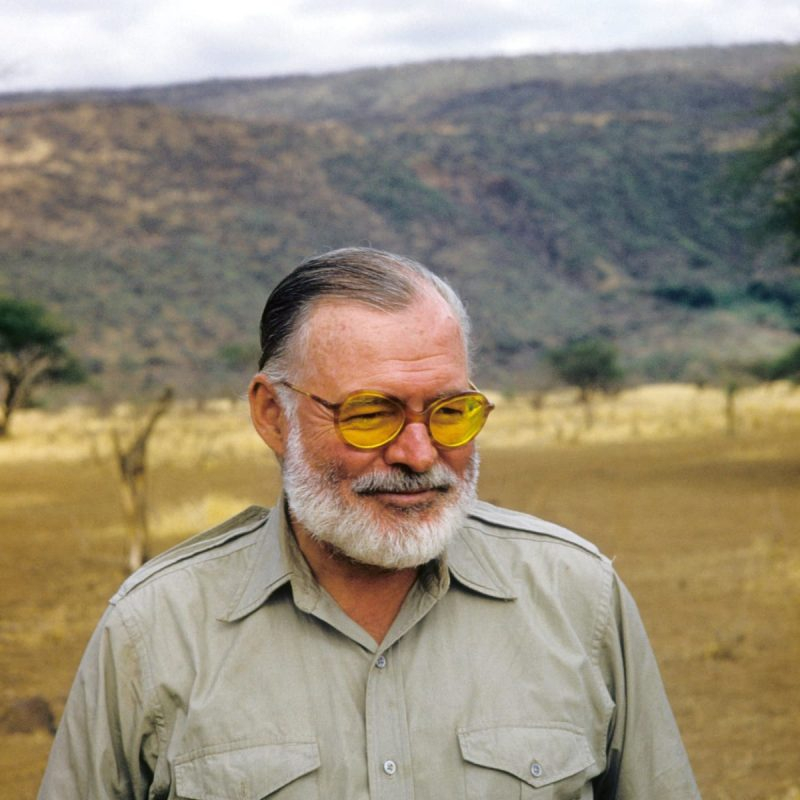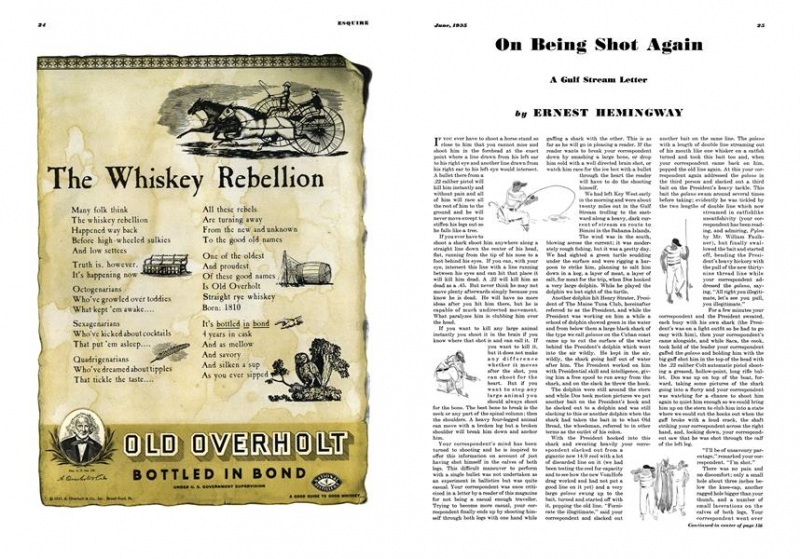He has had many close encounters with death in real life
Hemingway advises on how to kill a large animal in a 1935 dispatch for Esquire (titled "On Being Shot Again," and collected in the book By-Line Ernest Hemingway): shoot it in the brain if it's close, the heart if it's far, or the spine if you need to stop it instantly. He was inspired to offer these instructions "because I had just shot myself in the calves of both legs" while attempting to gaff a shark on a fishing trip off Key West, he writes.
Hemingway did not become known as a "literary he-man" without taking some risks in both his art and his life. From the day he was born on July 21, 1899, to the day he died in 1961, He has had many close encounters with death in real life as he assigned to his similarly he-manly fictional characters.
According to TIME, he'd been obsessed with death since confronting it – and nearly succumbing to it – on an Italian battlefield during World War I. Although he died at the age of 61 from a self-inflicted gunshot wound while suffering from several disabling physical and mental illnesses, the idea of facing death at the hands of an enemy soldier or on the horns of a bull had long captivated him and infused his writing. TIME noted in 1961 about Hemingway's concise but vivid prose, "Everything in Hemingway is seen as it might be seen by a man on the day he knew he would die."
Hemingway, true to his larger-than-life fortitude, seemed to court death wherever he went — and to do so with vigor.











